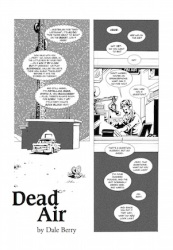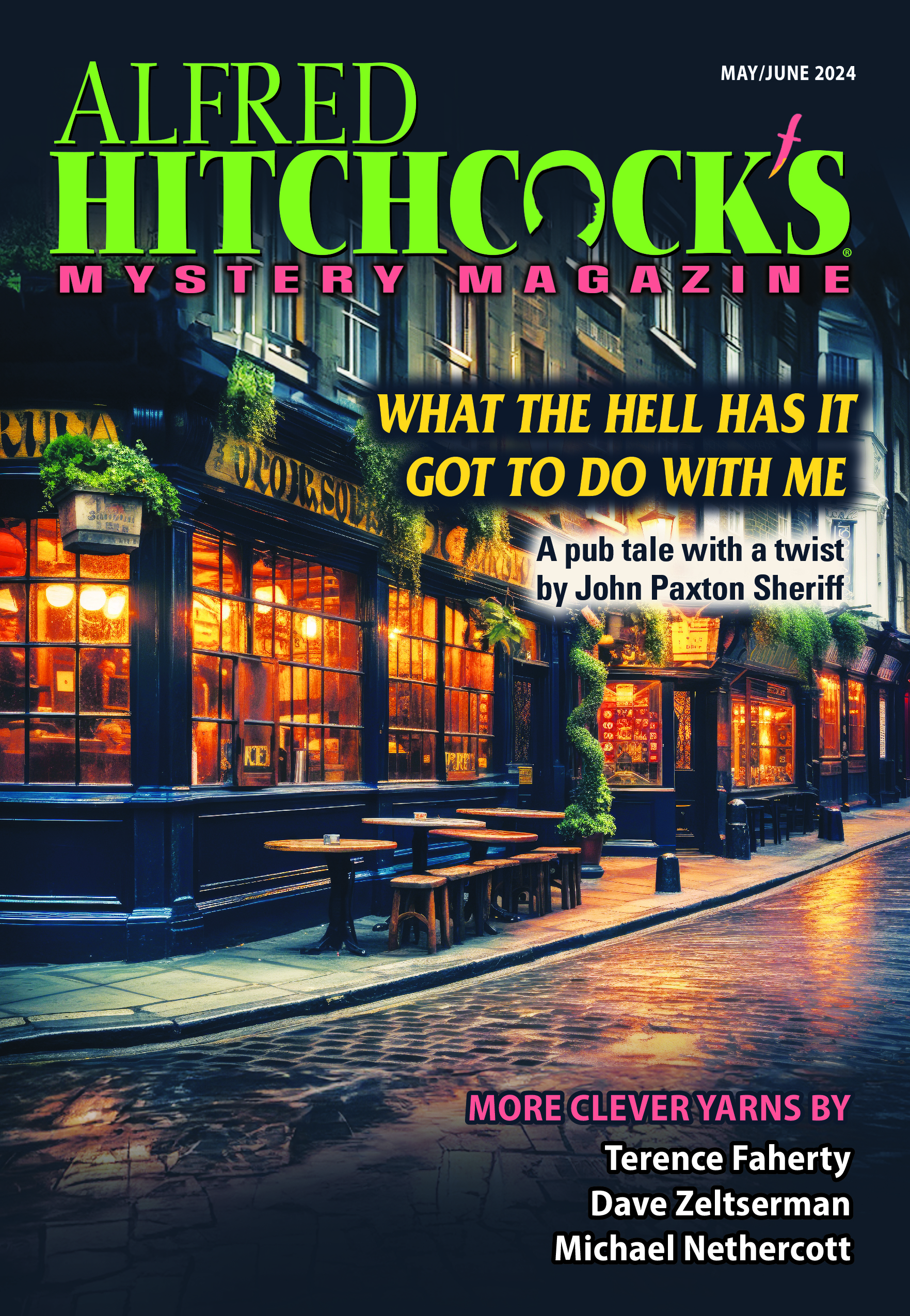Massachusetts-based writer Stephen P. Kelner, Jr. is a management consultant and the author of Motivate Your Writing! (UPNE). His fiction appears in the Level Best anthology Undertow, featuring stories by New England crime writers. Here he talks about the history behind his story “Death at the Althing” from the November issue.
Vikings get a bad rap. The horned-helmet berserkers of cartoons bear little resemblance to the human beings of Nordic settlements between the 700s and 1066. The early descriptions of them as horrific attackers—“from the fury of the Northmen, God deliver us”—came from people who were not only victims, but, unusually for the time, literate. Imagine Twitter if only one party could type!
Most “Vikings” farmed, of course. History marks the Scandinavian people of this time out because they rapidly expanded into and colonized many areas—most of the modern UK and Ireland, Russia, France (Normandy is Old Norse for “North-Man-Town”—in other words, a Norse settlement), Greenland, and Iceland. Their explorations went even further: Norsemen composed the Varangian Guard of the Emperor in Constantinople. And, yes, many fought to achieve this dominance, but they also traded and settled to leave their profound impact on Europe.
Inspired by my Scandinavian blood, in college I discovered the richness of the Norse Sagas. They have been considered history, myth, and, since the discovery of the Newfoundland “Vinland” colonies, partway back to history again. They can give you a feeling for their culture, and make you confront assumptions in yours. Followers of the Old Norse religion believed they had a predestined fate, a “wyrd,” not unlike Calvinist beliefs of a later time, but reached very different conclusions on how to live your life. While some Calvinists were strict and dour, hoping that they would make it into heaven despite their sins, the Norse believed in living life to the utmost, because if your wyrd was written anyway, you might as well live large—a philosophy more “YOLO” than Puritan!
Iceland is home to some of the most famous sagas. Founded in the 900s mostly by Norwegians fleeing the unification efforts of King Olaf, Icelanders formed a surprisingly democratic state, where all landowners spoke their minds at the Althing—the “Everybody-meeting,” their “Congress,” and still the name of the Icelandic legislature. Admittedly, some of these debates and lawsuits devolved into combat; but they usually managed to work things out.
Like the sagas, myths and history blend in Iceland. To this day, you can see the rock where Grettir the Strong hid; discuss the misshapen skull of Egil the Seer; hear an Icelander describe an elf neighbor; or go to the site of the original Althing and the Law Rock where the Lawspeaker would recite one third of the laws each meeting.
For an amateur historian such as myself, it was tough tackling the academic literature. As a PhD in a different field, I understand that papers assume a common grounding possessed by any graduate student, but not me. At first, I read non-academic books and popular works to give me a basic view of the working society, roleplayers—guides for Icelandic garb, or even children’s books, if well researched. Why the latter? Because while an academic article might delve into the chemical formation of fabrics or distances a brooch may have traveled, an illustrated children’s book shows you what a person looks like wearing them, standing in their town.
I also visited places and things myself: a scaled-down replica of Leif Erikson’s ship came to Boston once for the millennium of his voyage, and I could discuss the realities of sailing with the crew. The Jorvik Viking Centre in York, UK—the heart of much Viking activity back in the day—is a wonderful resource to show you both how people lived and how modern archeology is done. (Hint: not like Indiana Jones.) I haven’t been able to go to Iceland myself, but Icelandair has a nonstop from Boston and specials, so someday . . .
As I dug into Old Norse and Icelandic culture, I found other startling differences. Most people have heard of “weregild,” money paid as partial compensation for an illegal death, e.g., murder. But did you know the weregild for a young woman equaled that of a adult male warrior? And the weregild for a woman who had given birth was more! This culture valued women, believing they had wisdom not accessible to men—sexist, yes, but at least both sides had special value. Again and again in the sagas, women initiated the events—whether negative or positive. (Sometimes as real-life warriors, too: Look up the formidable Freydis Eiriksdotter. But avoid for the negative stories propagated by early Christian missionaries making her “unwomanly” instead of courageous.)
The challenge of historical fiction is balancing today’s modern audience against yesterday’s realities to make it accurate yet understandable, sometimes despite assumptions that may shock today. Worse, we only know a fingernail fragment about these people, much written by the victims of Vikings, not by the Norse people themselves, and what we do have was not exactly annotated. For example, Viking-era storytellers loved using kennings—poetic metaphors for objects, many completely incomprehensible today. Things taken for granted then baffle us today—and no doubt vice versa, could we raise a few Viking shades to ask. Of course, this also makes it fun for writers and audiences: debunking a myth or two, illuminating what life might have been like, or drawing a conclusion obvious to an 10th century Icelander that pleasantly surprises the modern reader.
In this particular story, the characters obviously follow the classic “Holmes and Watson” pattern, with a Norse twist. Leipt-Egil and Thorbjorn not only represent Holmes’ brains and Watson’s heart, respectively, but also elements from Norse myth: the smart, tricky problem-solver (Loki) and the less-bright but strong, trustworthy one (Thor). At the same time, my characters are human beings, not mythic archetypes, each with their strengths and weaknesses. Thorbjorn is smarter than Egil, when it comes to people; Egil has strong feelings, but poorly expressed. They have histories and families, some of which may appear in later stories! And if you see them, trust me, they won’t have horns on their helmets.




